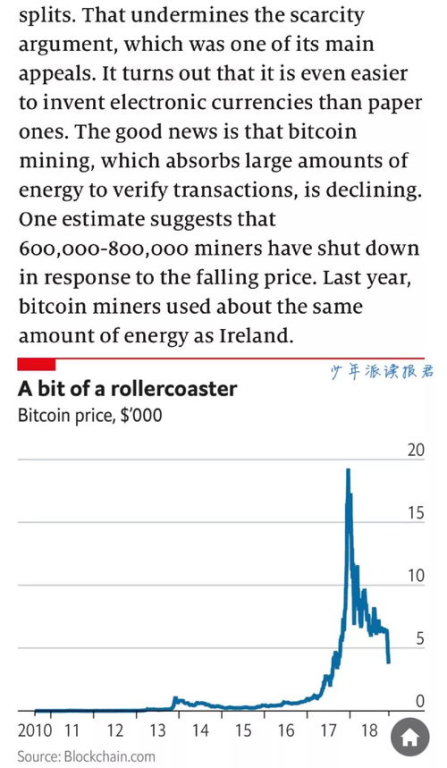How Bitcoin is Extracted, Understanding the Mining Process
Bitcoin mining is a fundamental component of the Bitcoin network. It not only helps in creating new bitcoins but also validates and secures transactions across the blockchain. This article explains the mining process in detail, covering its key components and technologies.
Bitcoin mining is a fundamental component of the Bitcoin network. It not only helps in creating new bitcoins but also validates and secures transactions across the blockchain. This article explains the mining process in detail, covering its key components and technologies.

What is Bitcoin Mining?
Bitcoin mining is the process through which new bitcoins are generated and transactions are verified on the blockchain. It involves solving complex mathematical problems using specialized hardware and software. Successful miners are rewarded with newly minted bitcoins and transaction fees from the network. Essentially, mining serves two main purposes: it adds new transactions to the blockchain and it is the mechanism through which new bitcoins are issued.

How Does the Mining Process Work?
The mining process begins with the collection of unconfirmed transactions that are broadcasted across the Bitcoin network. These transactions are grouped together into a “block”. Miners then compete to solve a complex cryptographic puzzle related to this block. The first miner to successfully solve the puzzle gets the right to add the block to the blockchain and receive a block reward, which is currently set at 6.25 bitcoins.
Once a block is added, the information is accessible across the Bitcoin network, which ensures that no double-spending occurs. The difficulty of this puzzle adjusts approximately every two weeks to ensure that blocks are mined roughly every ten minutes, maintaining the steady flow of new bitcoins into the system.

What Equipment is Needed for Mining?
Initially, bitcoin mining could be done using consumer-grade hardware like CPUs and GPUs. However, as more miners joined the network, this became inefficient. Today, miners use ASIC (Application-Specific Integrated Circuit) devices, which are specifically designed for crypto mining and offer significantly higher hash rates— the measure of performance for the mining hardware.
In addition to hardware, miners must also have access to a reliable power supply and a stable internet connection, as mining can consume a considerable amount of electricity. Choosing the right location for mining operations is also crucial, as electricity costs greatly impact profitability.
The Role of Mining Pools and Their Benefits
Mining alone can be formidable, given the competitive nature of Bitcoin mining. Many miners join forces in what are called “mining pools.” These pools combine the hash power of multiple miners to increase the chances of solving the block puzzle. When a block is mined, the rewards are distributed among the pool members based on the amount of work contributed. Mining pools provide miners with a more regular payout compared to mining solo, which can be very sporadic and unpredictable.
Additionally, mining pools help decentralize the network further, making it harder for any single entity to control the mining process, which is crucial for security and integrity.
In summary, Bitcoin mining is an essential mechanism for transaction validation and new bitcoin generation. It involves solving complex mathematical problems using specialized hardware. Miners compete to add new blocks to the blockchain, receiving rewards in return. Modern mining often occurs within pools to enhance efficiency and profitability. Understanding these aspects is crucial for anyone interested in participating in the Bitcoin network.


